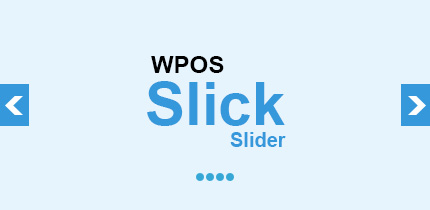Tailwind CSS and Bootstrap are popular front-end frameworks used to build responsive and visually appealing web applications. However, they have different approaches and philosophies, which might lead developers to choose one over the other based on their specific needs and preferences.
- Utility-first vs. Component-based: Tailwind CSS follows a utility-first approach, which means it provides a set of small utility classes that you can combine to build custom components and styles. This approach gives you more flexibility and allows you to create unique designs easily. On the other hand, Bootstrap is more component-based, providing pre-designed components that you can use out-of-the-box, but customization might require overriding or modifying existing styles.
- File Size: Bootstrap includes a lot of pre-designed components and styles, which can make its CSS and JavaScript files relatively larger compared to Tailwind CSS. If you need only a subset of Bootstrap’s features, it might add unnecessary bloat to your project. Tailwind CSS, on the other hand, generates CSS based on the utilities you use, which can result in smaller file sizes.
- Learning Curve: Tailwind CSS can have a steeper learning curve for some developers due to its utility-first approach. It requires understanding and memorizing the utility classes. Bootstrap, with its pre-defined components and class names, might be easier to get started with for some developers.
- Customization: Tailwind CSS is highly customizable since you can create your own utility classes and design system. This makes it suitable for projects that demand a unique visual identity. On the other hand, Bootstrap’s customization might require writing custom CSS to override its default styles.
- Design Philosophy: The design aesthetics of Bootstrap and Tailwind CSS might appeal to different tastes and preferences. Some developers might prefer the look and feel of Bootstrap, while others might prefer the freedom and flexibility offered by Tailwind CSS.
In the end, the choice between Tailwind CSS and Bootstrap depends on the specific requirements of your project, your team’s skillset, and your preferred development workflow. Both frameworks are widely used and have active communities, so you can find extensive resources and support for either option. It’s essential to assess your project needs and experiment with both frameworks to determine which one best aligns with your development style and goals.







